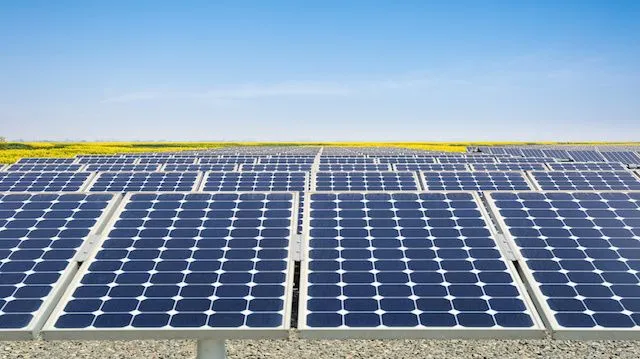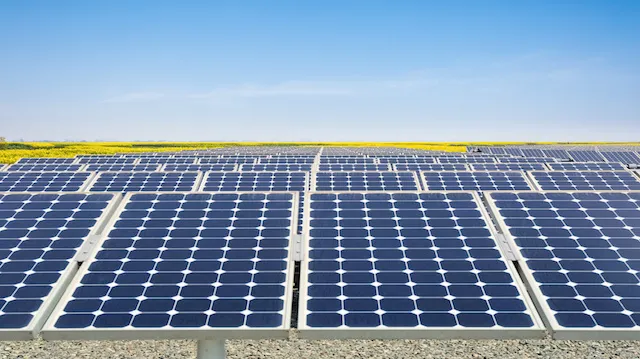
- Share on Facebook39
- Share on Pinterest
- Share on Twitter
The $2.2 billion Ivanpah Solar Electric Generating System located in California’s Mojave Desert may not be as “green” as taxpayers were led to believe. The solar energy plant, built and operated by BrightSource Energy, Inc. and NRG Energy, Inc., received over $2 billion in loans and grants by the U.S. Energy Department and Treasury Department, as part of the “green energy effort.”
However, the solar plant is actually emitting twice the amount of carbon emissions that motivates power plants to participate in the current U.S. administration’s “cap and trade program.”
The staggering amount of carbon dioxide being emitted from the solar plant is mainly due to its reliance on natural gas as its supplementary fuel source. In 2014, the solar plant emitted 46,000 metric tons of carbon dioxide, according to The Press-Enterprise. But the solar plant is still considered a renewable energy source due to its solar power designation.
The controversy surrounding Ivanpah continues as environmentalists and taxpayer advocates remain skeptical over the solar plant’s ecological and environmental impact. The high amount of carbon dioxide emitted from Ivanpah, whether it produces solar energy or not, has raised fundamental questions over the green gains of alternative energy. It has also been criticized over its failure to produce optimal levels of electricity, enough to disregard its carbon emissions.
“This is a prime example of when good intentions go bad,” H. Sterling Burnett, a research fellow at the Heartland Institute, told news reporters.
How did this happen? According to reports, the $2.2 billion Ivanpah Solar Electric Generating System was supported by taxpayers. Unfortunately, the end result was not what was presented when it came down to brass tacks.
“Political pressure pushed this project through without proper input from the taxpayers and without them being adequately informed of exactly what kind of project this was,” David Lamfrom, the director of California Desert and National Wildlife Programs at the National Parks Conservation Association (NPCA), told media outlets.
 Researchers from the Department of Civil and Environmental Engineering, Stanford University, California examined the plausibility and future necessity for all power to be generated from wind, water and sunlight (WWS). According to the study, published in Energy Policy (2011), a WWS infrastructure would reduce the world’s energy demand by 30 percent, and subsequently require approximately 0.41 to 0.59 percent more landmass to make the energy alternatives a reality.
Researchers from the Department of Civil and Environmental Engineering, Stanford University, California examined the plausibility and future necessity for all power to be generated from wind, water and sunlight (WWS). According to the study, published in Energy Policy (2011), a WWS infrastructure would reduce the world’s energy demand by 30 percent, and subsequently require approximately 0.41 to 0.59 percent more landmass to make the energy alternatives a reality.
The study also stated, “Barriers to the plan are primarily social and political, not technological or economic. The energy cost in a WWS world should be similar to that today.” Social and political barriers are indeed the biggest hurdles when it comes to alternative energy. Taxpayers supported a solar plant that promised a “green” outcome, but promises may have fallen short.
Do you believe that alternative energy is the key to cutting carbon emissions?
-Stephen Seifert
Stephen Seifert is a writer, professor, adventurer and a health & fitness guru. His flare for travel and outdoor adventure allows him to enjoy culture and traditions different than his own. A healthy diet, routine fitness and constant mental development is the cornerstone to Stephen’s life.
Sources:
http://www.sciencedirect.com/science/article/pii/S0301421510008645
http://www.brightsourceenergy.com/ivanpah-solar-project#.VkRzidDY2fQ
http://www.pe.com/articles/plant-783703-gas-energy.html
- Share on Facebook39
- Share on Pinterest
- Share on Twitter

